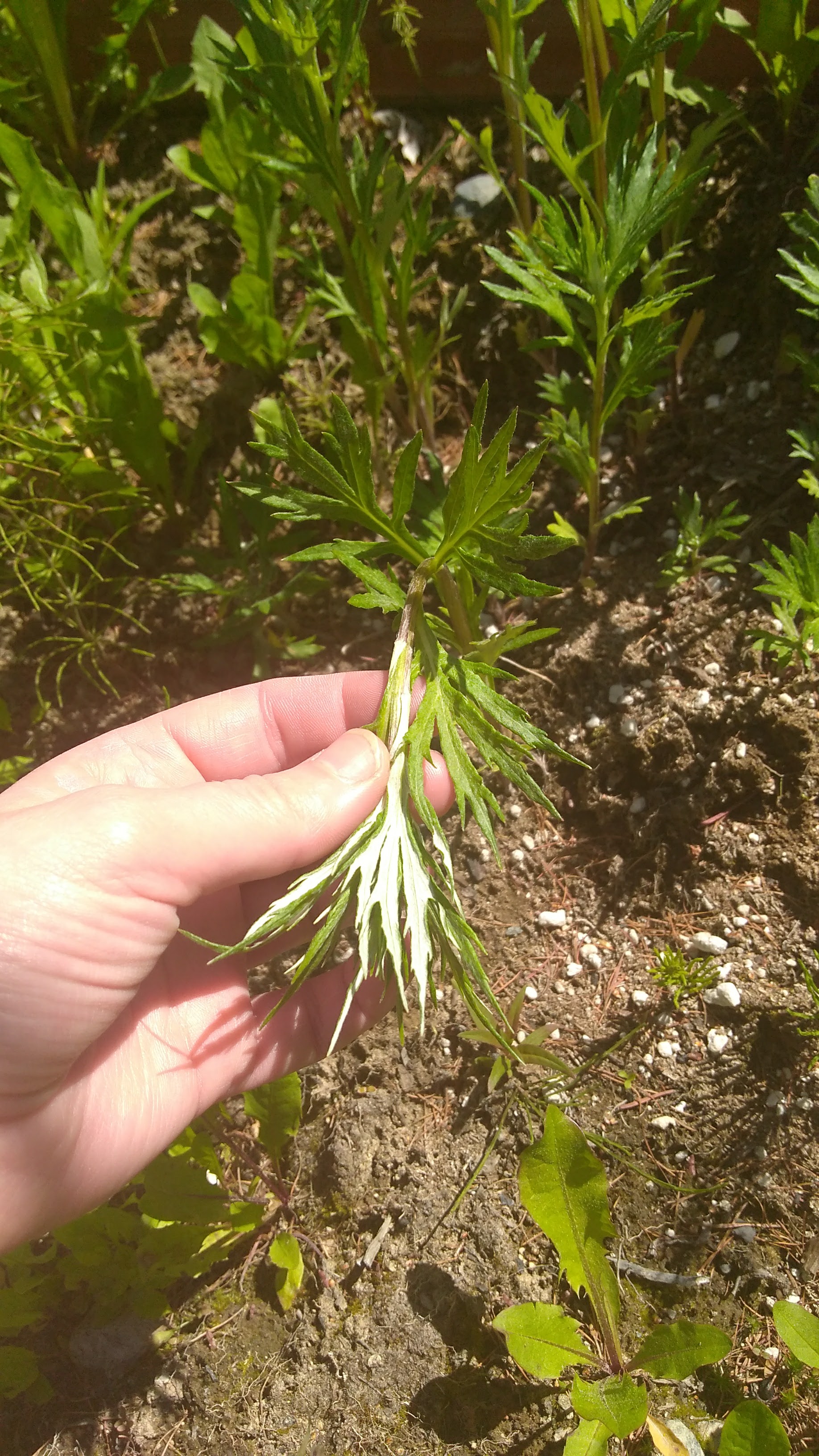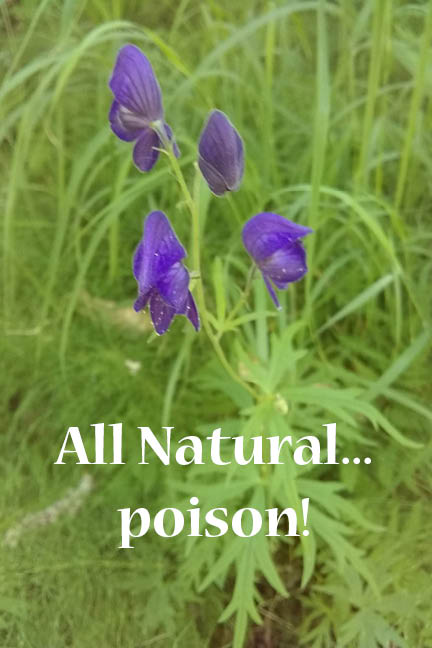Greetings everyone! I hope you are enjoying the wonderful weather (well…at least it’s been nice here on the Peninsula).
At the class I hosted a couple weeks back, someone asked me about natives drinking wormwood tea to either combat or prevent cancer. That is not something that I had run across in my research, so I said that I would look into it.
Hopefully by now, you know my stance on miracle herbs. I was also asked about dandelions being good for cancer and found that the root has been found promising in animals for certain kinds of cancers, like melanoma and leukemia. So let’s dive into what I found regarding wormwood!
The scientific name for wormwood is Artemisia. The ones that grow in Alaska are A. arctica, A. frigid, and A. tilesii (pictured). It is part of the Asteraceae family, aka aster, daisy, or sunflowers. For those who would want to make absinthe…you’re out of luck, that is the A. absinthium specifically that will make it.

From my research, the chemical compound artemisinin is responsible for its parasite killing mechanisms. It is currently one of the few drugs available that fights off malaria. So how does it work? What they found in the above link is that artemisinin binds to certain proteins that the parasite consumes and makes it so that the parasites can’t thrive off of those proteins. By binding to those proteins, it disrupts the biochemistry of the parasites.As the common name implies, wormwood is commonly used to expel worms, particularly ring (round) worms and pinworms. In addition to its parasite killing mechanisms, wormwood has anti-microbial properties which make the tea a good gargle for sore throats and and colds in general. You can add the leaves to a poultice or compress for sore muscles, or put it in a bath with some epsom salts for an overall sore body.
One of the proteins that it binds with is haem, which is an iron-containing compound. Artemisinin also reacts with iron itself, according to this study. It reacts with iron by creating free-radicals from it. Now, free radicals are generally not good, they cause oxidation and can hurt cells in the body. What those scientists did, however, is to tag the artemisinin to iron and once the cancer cells consumed the iron, the artemisinin the reacted with the iron and basically created the free-radicals inside the cancer cell itself, effectively killing the cancer cell. This makes a promising targeted way to combat cancer. That study was in 2005, so let’s look at some more recent data.
Cancer needs iron to be able to reproduce, specifically in cancers such as breast cancer and leukemia. In 2011 a study on combining artemisinin with high oxygen pressure chambers was done. Separately, the effectiveness against human leukemia for artemisinin or the high oxygen pressure chamber was 15% by themselves. When used in combination, there was a 50 percent increase in the effectiveness of artemisinin. This was done for a short amount of time, but the researchers are hoping that extended periods of this therapeutic nature will have even greater results. In 2014, a study was released on colorectal cancer patients. They were given the anti-malarial drug and the results were promising, with only one out of ten patients had recurrence where the control had six out of twelve patients had recurrence. The estimated survival rate of the anti-malarial drug group as 91% where the control group was 57%. So that is some excellent material pointing to the effectiveness of artemisinin working on cancer, especially those that take in a lot of iron.
However, I would like to point out that the compound that is used in the anit-malaria drugs is extracted from A. annua. There has been research done into other subspecies, but neither of the species from Alaska were in that study. The second most potent amount of artemisinin was found in several varieties in Pakistan. At this time, I can find no data on how much is actually in either A. arctica, A. tilesii or A. frigida. I did find this study on hairy root cultures for A. tilesii, but still could not find how much artemisinin was in it.
So…Artemisinin is promising, much more promising than dandelions as it has had human applications. However, there are some side effects and interactions to be aware of, head over to WebMD for more on that.
As always, please discuss with your healthcare provider before starting any herbal regimen.
Thanks for reading! If you have something you would like me to go over, email me at info@alaskaherbalsolutions.com




